There is no need to respond to this. Like others on this forum, I just need to vent. Thanks for reading, if you stick with me to the end. --Florantha.
___
I've just spent an hour with Home Depot's freebee Kitchen Planning Guide, which it distributes gratis in their cupboard dept. It's a decent intro to the kitchen planning adventure. But there are some obvious items missing in the text which really need to be there. Similarly, I find the same omissions in the trade mags. This leads to cost creep and to energy waste for the community and the individual alike.
1) Why would HD omit saying that window coverings save energy? I can't figure it out. On this topic, the text touts aesthetics, light control, privacy. Nothing about insulation values. The practicality and good citizenship of saving energy are left unmentioned. Elsewhere there's a great photo that includes an outside door with a louvered blind attached to it, a good citizen product. But there is not one text explanation drawing attention to it. AARGH!
2) In the lighting section, they don't bother to discuss the downside of accent lighting, although they say "Typically, this lighting is three times more powerful than general lighting." No discussion of whether this lighting is used all the time or just for mood / showoff moments or how it affects the utility bill.
Their example of "ambient lighting" is a chandelier. Hmmm. No ceiling-hugging fixtures? And why is ambient lighting listed as a separate category from recessed lighting, which is treated in the text as being an alternative to ambient lighting? Go figure.
My point here is that good sense, practical advice about light in a room is blurred by all the kinds of commercial choices out there and HD is doing little to help the ordinary buyer do some thinking. And the impact of windows on lighting--pro and con--is not addressed at all.
3) there are only 3 examples of white appliances: the white stove and rangehood illustrating the undercabinet hood option, the white sink and dishwasher in the white casual kitchen design spread, and the white dishwasher in the "white or bisque" illustration. That's it. Pages and pages of stainless steel everywhere. Cost creep will occur when young buyers see nothing but expensive choices; the people who least need to spend more are shown few low-cost alternatives.
(I will readily admit, though, that the text under the vent photo of the cost-effective under-cabinet vent says that this choice is the most efficient. Score one for HD.)
4) The "good" and "better" and "best" choices for appliances in the pamphlet don't mention energy at all; apparently additional features are all the consideration that is needed to make something a best choice. (Personally, I am always dumbfounded by the oxymoron of an energy-star massive refrigerator. )
5) Kitchen pro and con lists rarely mention which existing appliances are best to keep and which to toss, based on their efficiency, although designers and cooks wax poetic about old gas ranges for nostalgia sake. The refrigerator is the most important appliance to address when asking "new or used?"--it's the pig in the room and some day I hope consumers will demand that info as a part of the buy or not decision. HD's guide is no help in mentioning ANY re-use of products.
6) The base price for Good/Better/Best quality in the Estimating Costs page of the HD pamphlet seem to have old prices in them. The cost ballpark needs more attention at each grade. Also, there are insufficient categories: where is wallpaper vs. tile vs. paint? (I credit Better Homes and Gardens on this score--they're the only trade mag that has consistently shown how to keep costs affordable and still produce good looking results.) And why is laminate a good HD choice but natural stone a best choice? AARGH!
Why not say "best for budget" vs. "splurge" on such lists? In these times when the house market will not reward an overpriced kitchen and there are foreclosures because of foolish overbuying, "best for budget" is a category that could stimulate modest construction industry purchases by keeping customers a-coming instead of giving the impression that quality is out of reach for the commonsense Joe.
5) Cost of electricity is never mentioned--is this intentional for HD? Yes, I know they're selling electric products, so my hope for better info from them is probably wasted, but nevertheless, they and all print "guides" that supposedly are showing us the way into the next century of home improvements could help us realistically take electricity consumption into account, or at the very least mention that such things are important. It almost seems by reading kitchen guides that electricity is a negligible ongoing cost for kitchens and that home energy use is somehow disconnected from the nation's hard choices, esp. coal burning and hydrocarbons in the atmosphere.
Options for smaller ovens and auxiliary appliances outside the immediate cupboarded section of the kitchen, reduced current demands, no current use when the appliance is turned off, use of external small appliances instead of built-ins--these are important considerations for those who are watching their power use skyrocket. Why are electric wine coolers and little kid-height refrigerators granted so much space in the mags? And just try to find a refrigerator that lacks icemakers and dispensers.
Why is it that the utilities are given the responsibility for educating the public about energy use? I can get more info from Xcell Energy about lighting or appliances than I can from most appliance sellers. I am glad that the federal gov't requires the energy use stickers on some appliances, but even here, the sales people or print guides are rarely helpful at the point of sale, often just saying, "you can check for yourself." And even then, they compare apples to apples, or in this case, big to big and small to small, so even Energy Star savings are relative, not absolute.
Heat issues are totally ignored. There is almost no mention in the mags and articles about the difference in sun and heat gain by windows facing different directions. Apparently air conditioning is now so ubiquitous that ceiling fans are now not recommended. Go check the difference in usage cost someday for fan vs. air conditioning, a cost which is ongoing for the life of that new space you're designing. Opening windows for venting and fresh air is not even possible in some indoor spaces being designed as I write. Even a drying handtowel is hidden in our model kitchens (unless they need to show some kind of flash of color) and laundries by definition have dryers in them, although the most responsible choice would be to let things air dry; it's the "tree huggers" and the elderly who even see this as an option.
As for "green," I will just touch on that here, The term just muddies the water, but it's fashionable to write about it in the mags. You've already heard plenty of piffle about things being "green" even if they are made from something that requires transportation via petrocarbons or even if they are not real solutions for an ongoing need, such as whether quarried stone is a greener choice than laminates.( I even saw one article that claimed that granite is a "renewable resource." Huh? Got a number of thousands of years to make some new granite?) The single greenest thing we can do is to disconnect from the grid as much as possible. It cuts carbons, makes us less dependent on other energy sources, cuts our personal fuel bill, drives us outside our hermetically sealed environments to really live within the biosphere instead of alongside it, and makes us responsible parents and citizens. But responsible energy use, really responsible energy use, is rarely mentioned.
I salute anyone who takes the time to really go find out. I salute any publication that takes us to the second and third steps when presenting kitchen pro and con columns for planning and purchasing. I know it's hard to think about it, but personal and global citizenship should truly be a part of every decision and purchase in our modern world. If it isn't, we're just pawns and consumers.
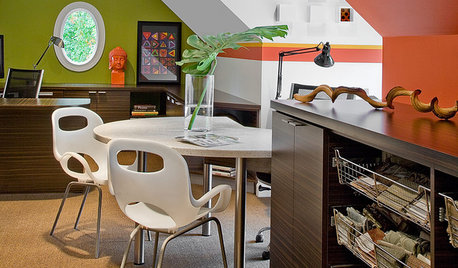
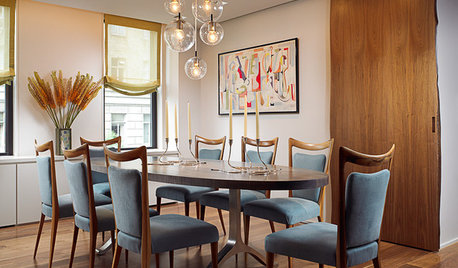


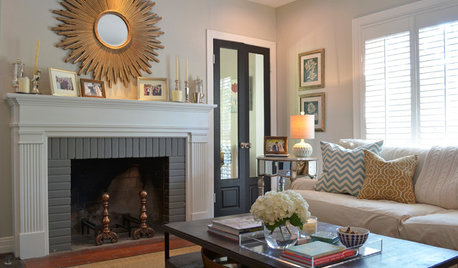
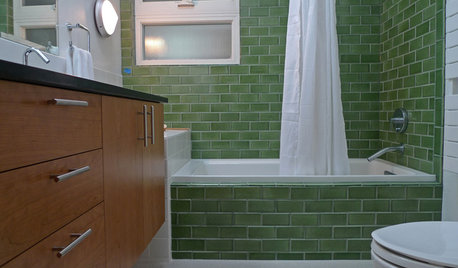
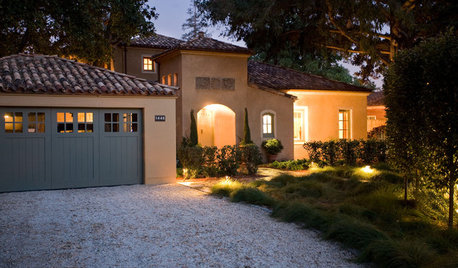

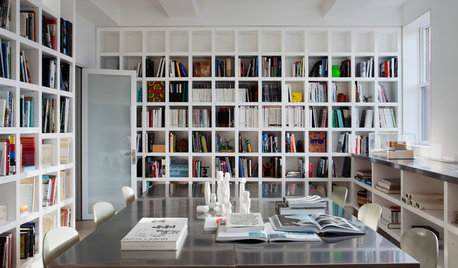






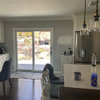
plumberry
davidro1
Related Discussions
EdenPure Gen3 pros and cons anyone?
Q
chosing between jobs - which would you chose? (pro/con list)
Q
French Door Fridge Pro & Con
Q
SPEED OVEN: What are the Pro and Con reasons to consider ?
Q
rosiew